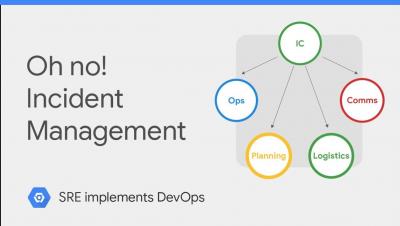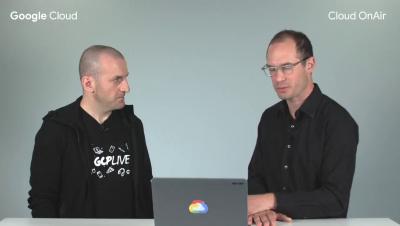Operations | Monitoring | ITSM | DevOps | Cloud
Google Operations
Building a more reliable infrastructure with new Stackdriver tools and partners
Every software organization faces challenges in keeping applications available and running reliably. At Google, we’ve developed and practiced a discipline known as Site Reliability Engineering (SRE). Following SRE practices lets us build and operate services reliably for our billions of users. Google has about 2,500 Site Reliability Engineers who support both internal and external services.
Application Performance Management with Stackdriver
Postmortems and Retrospectives (class SRE implements DevOps)
Disruption Detector and Real Time Monitoring with Stackdriver (Cloud Next '18)
Incident Management (class SRE implements DevOps)
Stackdriver Transparent SLI Monitoring (Cloud Next '18)
Cloud OnAir: CE TV: Application Observability with LightStep
Observability of Distributed Systems (class SRE implements DevOps)
Using Stackdriver Workspaces to help manage your hybrid and multicloud environment
At Google, we believe strongly in an open cloud. We’re continually working to bring you tools for understanding how your applications are performing, whether they run in different projects, organizations, clouds, or even on prem. Monitoring tools like Stackdriver Kubernetes Monitoring, OpenCensus, and Stackdriver APM are designed to help you get visibility into your workloads wherever they run—on Google Cloud Platform (GCP), on-premises or on another cloud platform.











